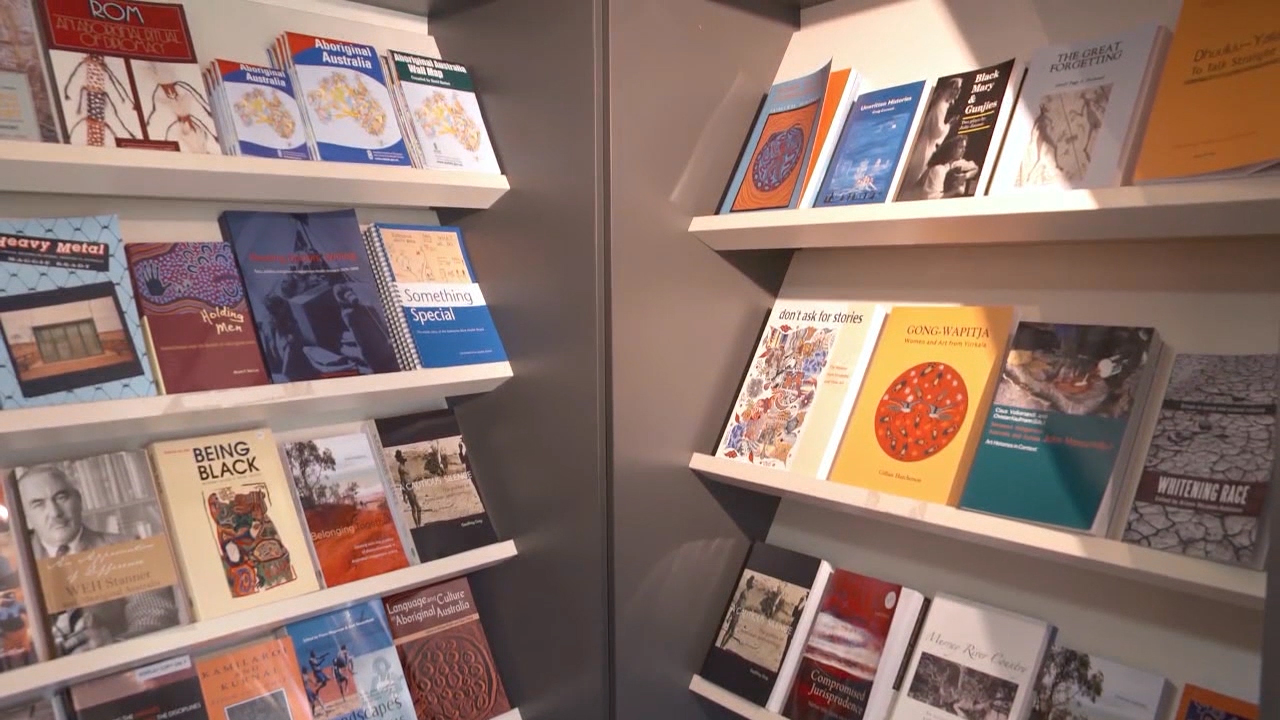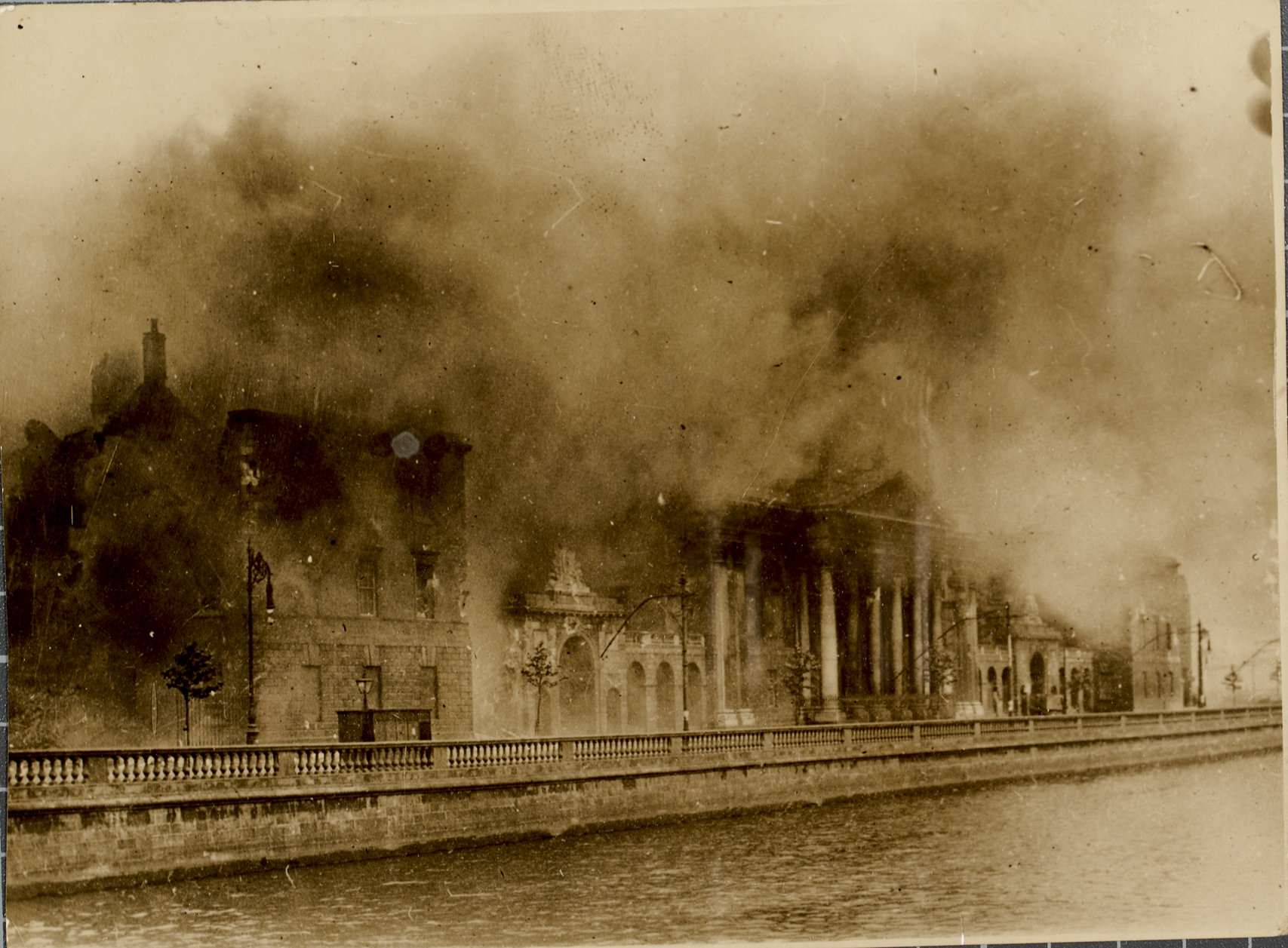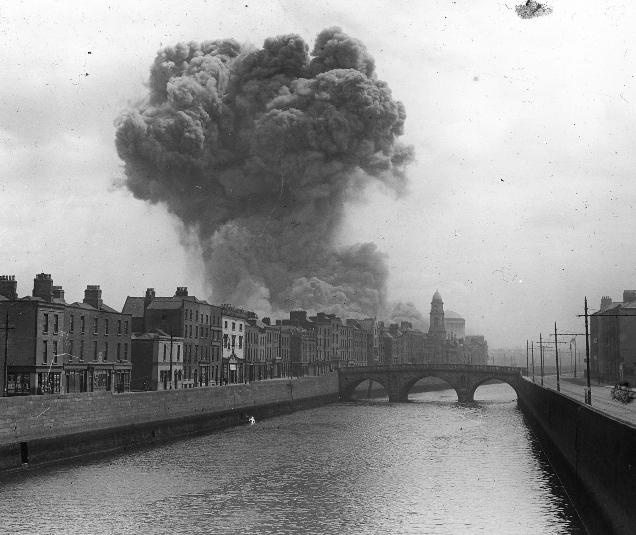|
Calendar (archive)
A calendar (sometimes historically spelled kalendar) is, in the context of archival science, textual scholarship, and archival publication, a descriptive list of documents. The verb ''to calendar'' means to compile or edit such a list. The word is used differently in Britain and North America with regard to the amount of detail expected: in Britain, it implies a detailed summary which may be used as a substitute for the full text; whereas in North America it implies a more basic inventory. Etymology The term "calendar" derives from a (now somewhat archaic) word meaning a list or register of any kind. Although the documents in a calendar are generally arranged in chronological order, the term has no direct relationship to a table of dates. British tradition In the British tradition, the word normally implies a full descriptive summary (often published) in which each document is the subject of a "carefully controlled, rigorously consistent précis".Harvey 2001, pp. 56–59. All sign ... [...More Info...] [...Related Items...] OR: [Wikipedia] [Google] [Baidu] |
Archival Science
Archival science, or archival studies, is the study and theory of building and Curator, curating archives, which are collections of documents, Sound recording and reproduction, recordings, photographs and various other materials in physical or digital formats. To build and curate an archive, one must acquire and evaluate the materials, and be able to access them later. To this end, archival science seeks to improve methods for Archival appraisal, appraising, storing, Preservation (library and archival science), preserving, and Archival processing, processing (arranging and describing) collections of materials. An archival record preserves data that is not intended to change. In order to be of value to society, archives must be trustworthy. Therefore, an archivist has a responsibility to authenticate archival materials, such as historical documents, and to ensure their reliability, integrity, and usability. Archival records must be what they claim to be; accurately represent the a ... [...More Info...] [...Related Items...] OR: [Wikipedia] [Google] [Baidu] |
Royal Commission On Historical Manuscripts
The Royal Commission on Historical Manuscripts (widely known as the Historical Manuscripts Commission, and abbreviated as the HMC to distinguish it from the Royal Commission on the Historical Monuments of England), was a United Kingdom Royal Commission established in 1869 to survey and report on privately owned and privately held archival records of general historical interest. Its brief was "to make inquiry as to the places in which such Manuscripts and Papers were deposited", and to report on their contents. It remained in existence until 2003, when it merged with the Public Record Office to form The National Archives. Although it technically survives as a legal entity, its work is now entirely subsumed into that of The National Archives. History Following the passing of the Public Record Office Act 1838, which made statutory provision for the care of government archives, pressure began to grow for the state to pay attention to privately owned records. Largely on the init ... [...More Info...] [...Related Items...] OR: [Wikipedia] [Google] [Baidu] |
Publishing
Publishing is the activities of making information, literature, music, software, and other content, physical or digital, available to the public for sale or free of charge. Traditionally, the term publishing refers to the creation and distribution of Printing, printed works, such as books, comic books, newspapers, and magazine, magazines to the public. With the advent of digital information systems, the scope has expanded to include electronic publishing, digital publishing such as E-book, e-books, Magazines, digital magazines, Electronic publishing, websites, social media, music, and video game publisher, video game publishing. The commercial publishing industry ranges from large multinational conglomerates such as News Corp, Pearson PLC, Pearson, Penguin Random House, and Thomson Reuters to major retail brands and thousands of small independent publishers. It has various divisions such as trade/retail publishing of fiction and non-fiction, educational publishing, and Academi ... [...More Info...] [...Related Items...] OR: [Wikipedia] [Google] [Baidu] |
Academic Publishing
Academic publishing is the subfield of publishing which distributes Research, academic research and scholarship. Most academic work is published in academic journal articles, books or Thesis, theses. The part of academic written output that is not formally published but merely printed up or posted on the Internet is often called "grey literature". Most scientific and scholarly journals, and many academic and scholarly books, though not all, are based on some form of academic peer review, peer review or editorial refereeing to qualify texts for publication. Peer review quality and selectivity standards vary greatly from journal to journal, publisher to publisher, and field to field. Most established academic disciplines have their own journals and other outlets for publication, although many academic journals are somewhat interdisciplinarity, interdisciplinary, and publish work from several distinct fields or subfields. There is also a tendency for existing journals to divide into ... [...More Info...] [...Related Items...] OR: [Wikipedia] [Google] [Baidu] |
Book Terminology
A book is a structured presentation of recorded information, primarily verbal and graphical, through a medium. Originally physical, electronic books and audiobooks are now existent. Physical books are objects that contain printed material, mostly of writing and images. Modern books are typically composed of many pages bound together and protected by a cover, what is known as the ''codex'' format; older formats include the scroll and the tablet. As a conceptual object, a ''book'' often refers to a written work of substantial length by one or more authors, which may also be distributed digitally as an electronic book (ebook). These kinds of works can be broadly classified into fiction (containing invented content, often narratives) and non-fiction (containing content intended as factual truth). But a physical book may not contain a written work: for example, it may contain ''only'' drawings, engravings, photographs, sheet music, puzzles, or removable content like paper d ... [...More Info...] [...Related Items...] OR: [Wikipedia] [Google] [Baidu] |
Books By Type
A book is a structured presentation of recorded information, primarily verbal and graphical, through a medium. Originally physical, electronic books and audiobooks are now existent. Physical books are objects that contain printed material, mostly of writing and images. Modern books are typically composed of many pages bound together and protected by a cover, what is known as the ''codex'' format; older formats include the scroll and the tablet. As a conceptual object, a ''book'' often refers to a written work of substantial length by one or more authors, which may also be distributed digitally as an electronic book (ebook). These kinds of works can be broadly classified into fiction (containing invented content, often narratives) and non-fiction (containing content intended as factual truth). But a physical book may not contain a written work: for example, it may contain ''only'' drawings, engravings, photographs, sheet music, puzzles, or removable content like paper dol ... [...More Info...] [...Related Items...] OR: [Wikipedia] [Google] [Baidu] |
Archival Science
Archival science, or archival studies, is the study and theory of building and Curator, curating archives, which are collections of documents, Sound recording and reproduction, recordings, photographs and various other materials in physical or digital formats. To build and curate an archive, one must acquire and evaluate the materials, and be able to access them later. To this end, archival science seeks to improve methods for Archival appraisal, appraising, storing, Preservation (library and archival science), preserving, and Archival processing, processing (arranging and describing) collections of materials. An archival record preserves data that is not intended to change. In order to be of value to society, archives must be trustworthy. Therefore, an archivist has a responsibility to authenticate archival materials, such as historical documents, and to ensure their reliability, integrity, and usability. Archival records must be what they claim to be; accurately represent the a ... [...More Info...] [...Related Items...] OR: [Wikipedia] [Google] [Baidu] |
Society Of American Archivists
The Society of American Archivists is the oldest and largest archivist Voluntary association, association in North America, serving the educational and informational needs of more than 5,000 individual archivist and institutional members. Established in 1936, the organization serves upwards of 6,200 individual and member institutions. The society supports its members and the archival profession through publication and professional workshop programs and semi-annual meetings. Currently, workshops are given all across the United States and attend to current archival concerns and issues such as Encoded Archival Description, the digitizing of archival materials, and Preservation (library and archive), preservation and art conservation, conservation of materials, among others. The programs it offers include: Online On-Demand Programs, Online Real Time Programs and Face to Face Programs. History The Society of American Archivists was established in 1936 on the heels of the creation of ... [...More Info...] [...Related Items...] OR: [Wikipedia] [Google] [Baidu] |
Irish Civil War
The Irish Civil War (; 28 June 1922 – 24 May 1923) was a conflict that followed the Irish War of Independence and accompanied the establishment of the Irish Free State, an entity independent from the United Kingdom but within the British Empire. The civil war was waged between the Provisional Government of Ireland (1922), Provisional Government of Ireland and the Irish Republican Army (1922–1969), Anti-Treaty IRA over the Anglo-Irish Treaty. The Provisional Government (that became the Free State in December 1922) supported the terms of the treaty, while the Anglo-Irish Treaty Dáil vote#Anti-Treaty, anti-Treaty opposition saw it as a betrayal of the Irish Republic proclaimed during the Easter Rising of 1916. Many of the combatants had fought together against the British in the Irish Republican Army (1919–1922), Irish Republican Army during the War of Independence and had divided after that conflict ended and the Irish Republican Army and the Anglo-Irish Treaty, treaty neg ... [...More Info...] [...Related Items...] OR: [Wikipedia] [Google] [Baidu] |
Destruction Of The Public Record Office Of Ireland
The Battle of Dublin was a week of street battles in Dublin from 28 June to 5 July 1922 that marked the beginning of the Irish Civil War. Six months after the Anglo-Irish Treaty ended the recent Irish War of Independence, it was fought between the forces of the new Provisional Government and a section of the Irish Republican Army (IRA) that opposed the Treaty. The Irish Citizen Army also became involved in the battle, having supported the anti-Treaty IRA in the O'Connell Street area. The fighting began with an assault by Provisional Government forces on the Four Courts building, and ended in a decisive victory for the Provisional Government. Background On 14 April 1922 about 200 Anti-Treaty IRA militants, with Rory O'Connor as their spokesman, occupied the Four Courts in Dublin, resulting in a tense stand-off. They wanted to spark a new armed confrontation with the British, which they hoped would bring down the Anglo-Irish Treaty, unite the two factions of the IRA against t ... [...More Info...] [...Related Items...] OR: [Wikipedia] [Google] [Baidu] |
Irish Historiography
The first evidence of human presence in Ireland dates to around 34,000 years ago, with further findings dating the presence of ''Homo sapiens'' to around 10,500 to 7,000 BC. The receding of the ice after the Younger Dryas cold phase of the Quaternary glaciation, Quaternary, around 9700 BC, heralds the beginning of Prehistoric Ireland, which includes the archaeological periods known as the Mesolithic, the Neolithic from about 4000 BC, and the Copper Age beginning around 2500 BC with the arrival of the Beaker Culture. The Irish Bronze Age proper begins around 2000 BC and ends with the arrival of the Iron Age of the Celts, Celtic Hallstatt culture, beginning about 600 BC. The subsequent La Tène culture brought new styles and practices by 300 BC. Greek and Roman writers give some information about Ireland during the Classical period (see "Protohistory of Ireland, protohistoric" period), by which time the island may be termed "Gaelic Ireland". By the late 4th century CE Christiani ... [...More Info...] [...Related Items...] OR: [Wikipedia] [Google] [Baidu] |
Facsimile
A facsimile (from Latin ''fac simile'', "to make alike") is a copy or reproduction of an old book, manuscript, map, art print, or other item of historical value that is as true to the original source as possible. It differs from other forms of reproduction by attempting to replicate the source as accurately as possible in scale, color, condition, and other material qualities. For books and manuscripts, this also entails a complete copy of all pages; hence, an incomplete copy is a "partial facsimile". Facsimiles are sometimes used by scholars to research a source that they do not have access to otherwise, and by museums and archives for media preservation and conservation. Many are sold commercially, often accompanied by a volume of commentary. The term " fax" is a shortened form of "facsimile", though most faxes are not reproductions of the quality expected in a true facsimile. Facsimiles in the age of mechanical reproduction Advances in the art of facsimile are closely relate ... [...More Info...] [...Related Items...] OR: [Wikipedia] [Google] [Baidu] |










